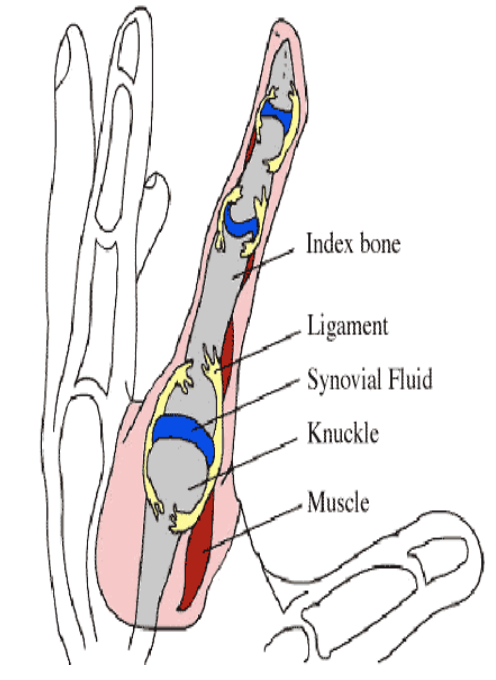The Why Series
Have you ever heard the pop sound that your knuckles make when you bend it a certain way? What causes that sound? Read on – The joints ( the part of your body where two or more bones meet to allow movement) in your fingers are called knuckles. They are the easiest to crack as they are some of the most flexible joints in your body.
Bones have space between them. This space is filled with a sticky fluid called synovial fluid which is made of long, lubricating molecules. The fluid is named synovial as it has egg-white like consistency, and it means ‘egg’ in Latin.
This fluid cushions the bones and helps them move effectively with reduced friction. Every fluid in our body contains dissolved gases and so does the Synovial fluid. Synovial fluid contains gases like oxygen and carbon dioxide. When the bones stretch or bend, it prevents them from grinding against each other. During this process, the space between the bones increases, but the fluid remains the same, creating a low-pressure zone. This low-pressure zone pulls the gases out of the fluid, just like carbon dioxide fizzes out when you open a soda can. Gases are less soluble at low pressure. These gases come together and form a bubble. And that is when you get that satisfying pop sound.
Did you know! Once you crack your knuckles it takes the gases about 25 – 30 minutes to redissolve into the fluid.
Is it safe? Absolutely! Donald Unger popped the knuckles of his left hand only for 60 years. The end result – the knuckles of both hands weren’t any different.


